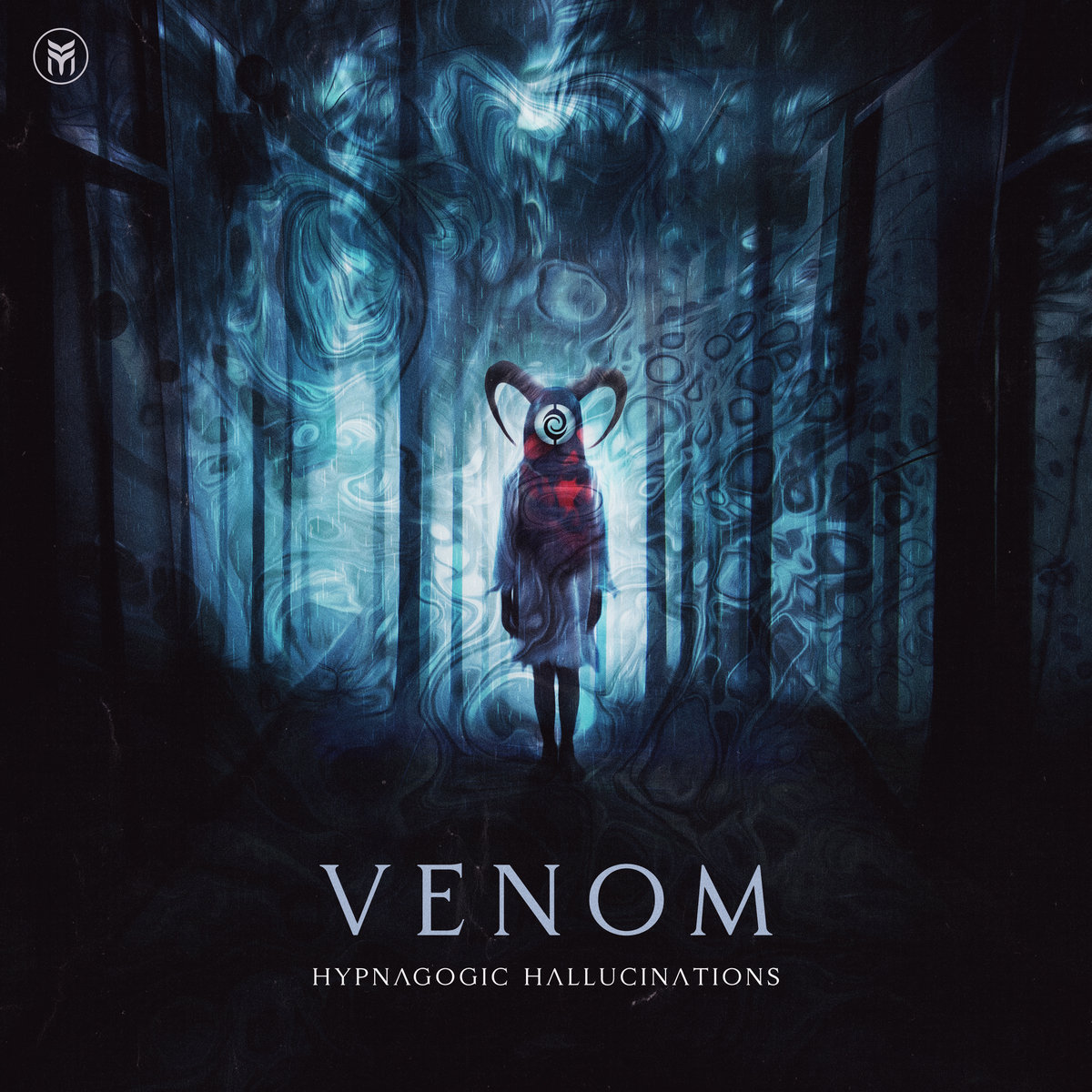

Hallucinations: This is a term that signifies perceptual experiences with no basis in reality. Think of hypnopompic as the transition between sleep and waking – usually occurring in the morning. Hypnopompic: This term is comprised of Greek word derivatives “hypnos” which translates to “sleep” and “pompē” which translates to “sending away.” Combining the two derivatives results in one term that signifies sending away or fading (pompē) sleep (hypnos). Additionally, unusual sensory experiences that occur during the oppositional transition of wakefulness to sleep are referred to as “ hypnagogic hallucinations.” It is important to understand that the term hypnopompic is not always associated with hallucinations. The term “hypnopompic” was originally coined by Frederic Myers, a renowned psychial researcher of the mid 1800s. What are hypnopompic hallucinations? Definition. These differ from dreams in that they are perceived as occurring while you’re semi-conscious. Experiences of hypnopompic hallucinations are often a result of individual brain anatomy, neurochemistry, and cumulative subconscious material. In other cases, they may be relatively benign (e.g.

In some cases, these hypnopompic hallucinations may be frightening and accompanied by an episode of sleep paralysis. narcolepsy), they are also reported by 6.6% of the general population.

Although hypnopompic phenomena are often reported among those with various types of sleep disorders (e.g. These sensations could be described as hypnopompic in that you aren’t fully asleep, yet simultaneously aren’t fully awake. Imagine sensing that you are slowly transitioning from a sleeping state to being fully awake, when at some point during that transition, you begin seeing vivid geometric shapes, hearing sounds, or even sensing touch. Hypnopompic hallucinations refer to bizarre sensory experiences that occur during the transitory period between a sleeping state and wakefulness.


 0 kommentar(er)
0 kommentar(er)
